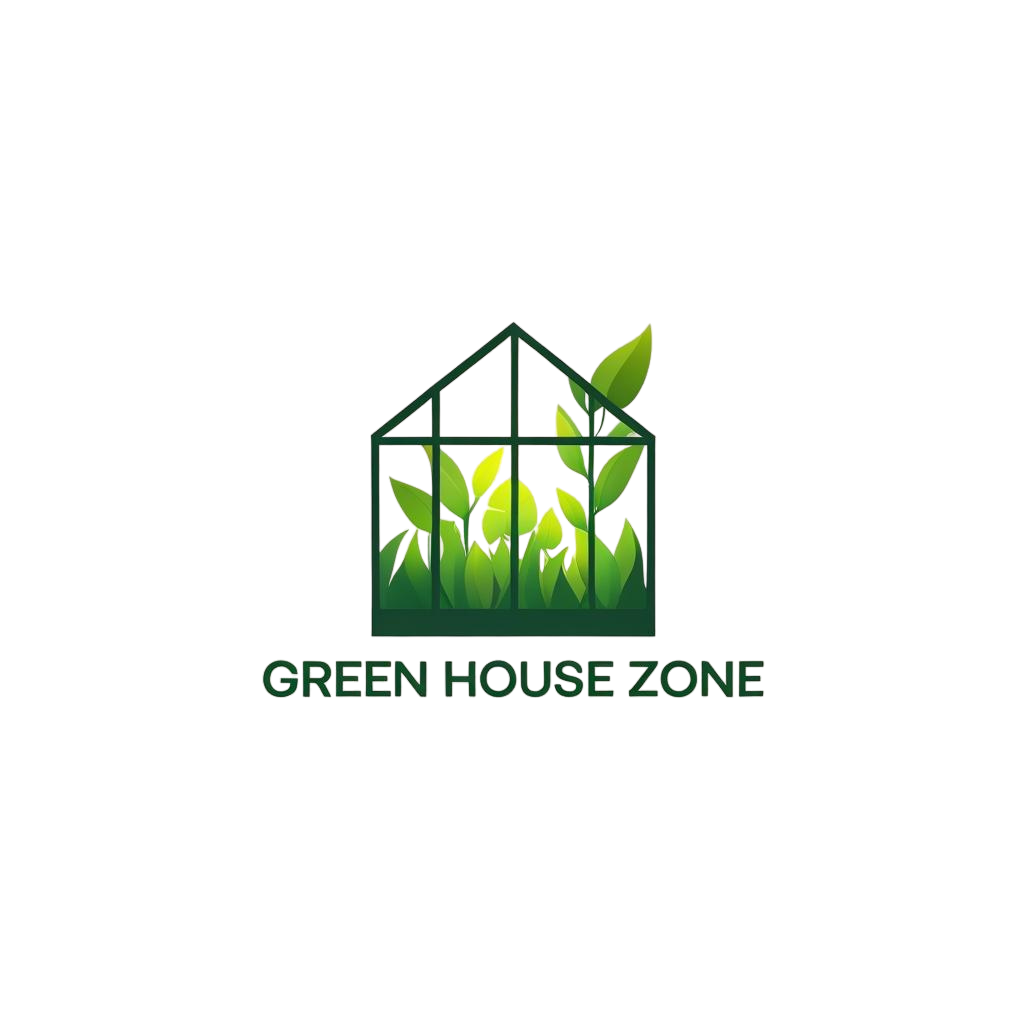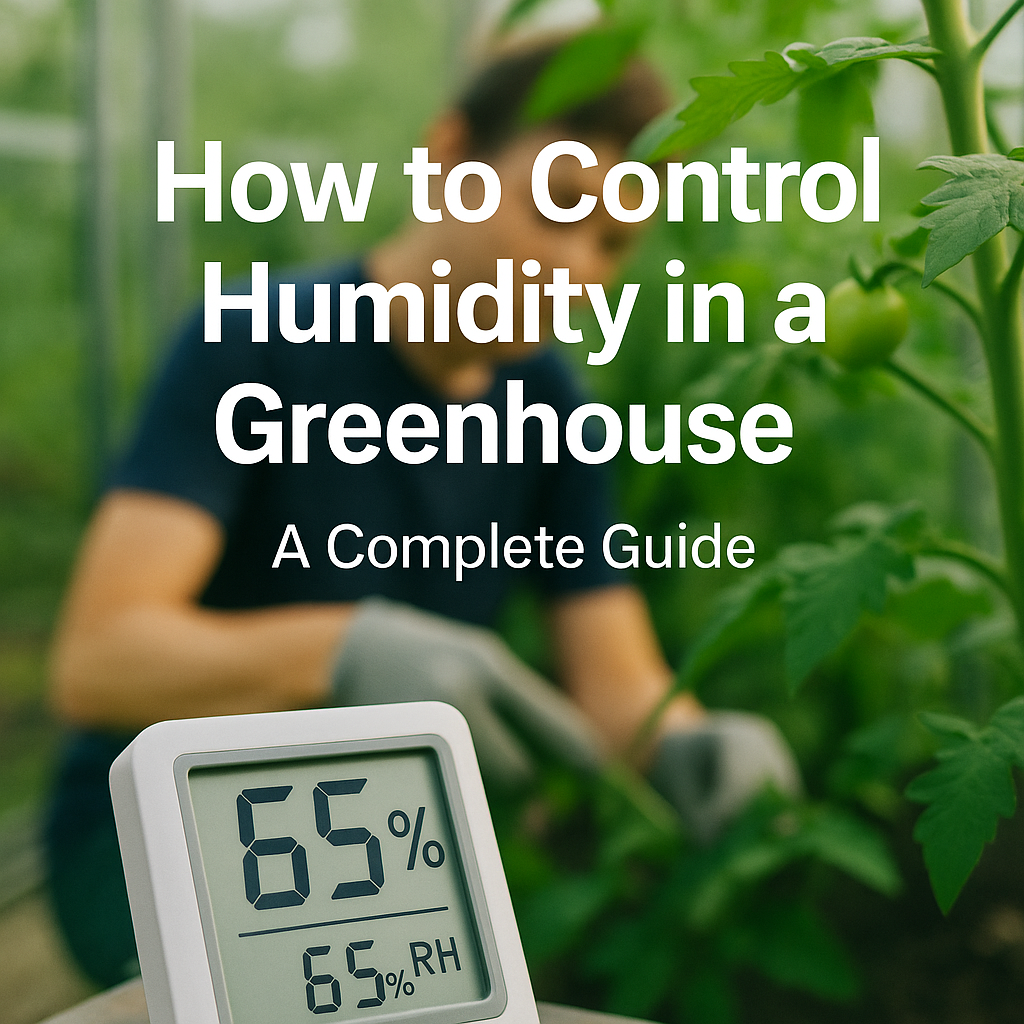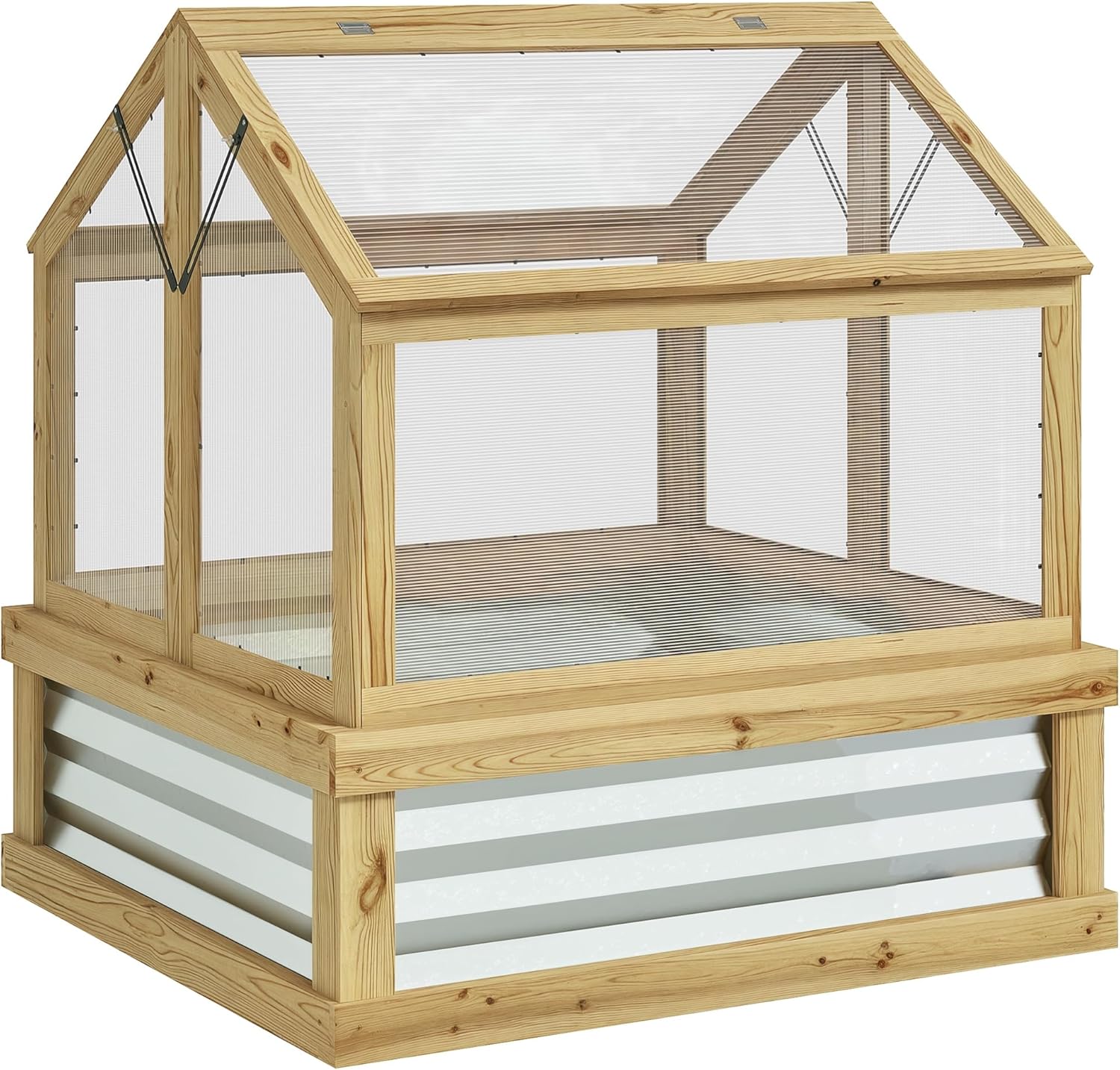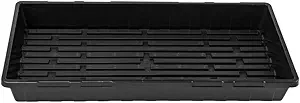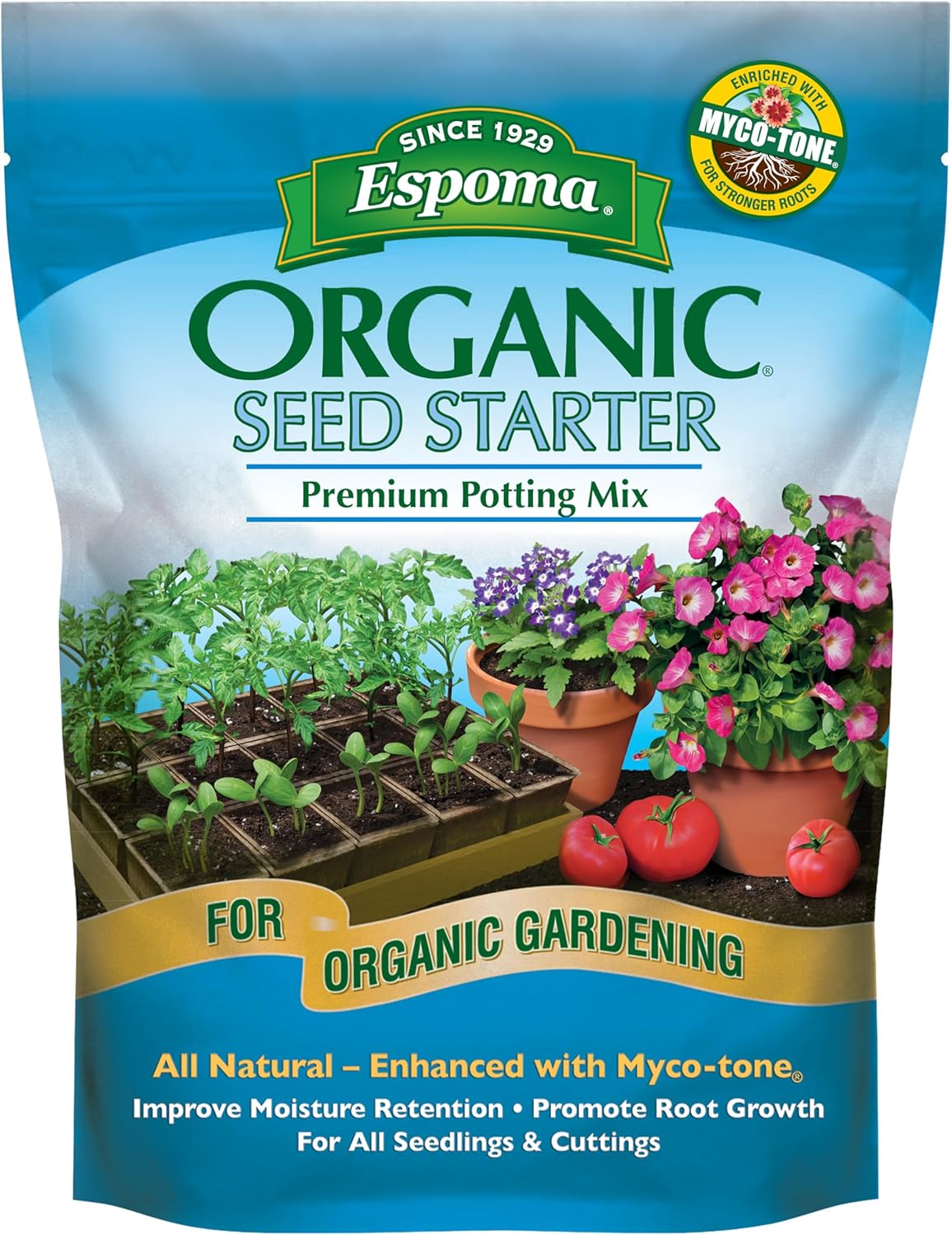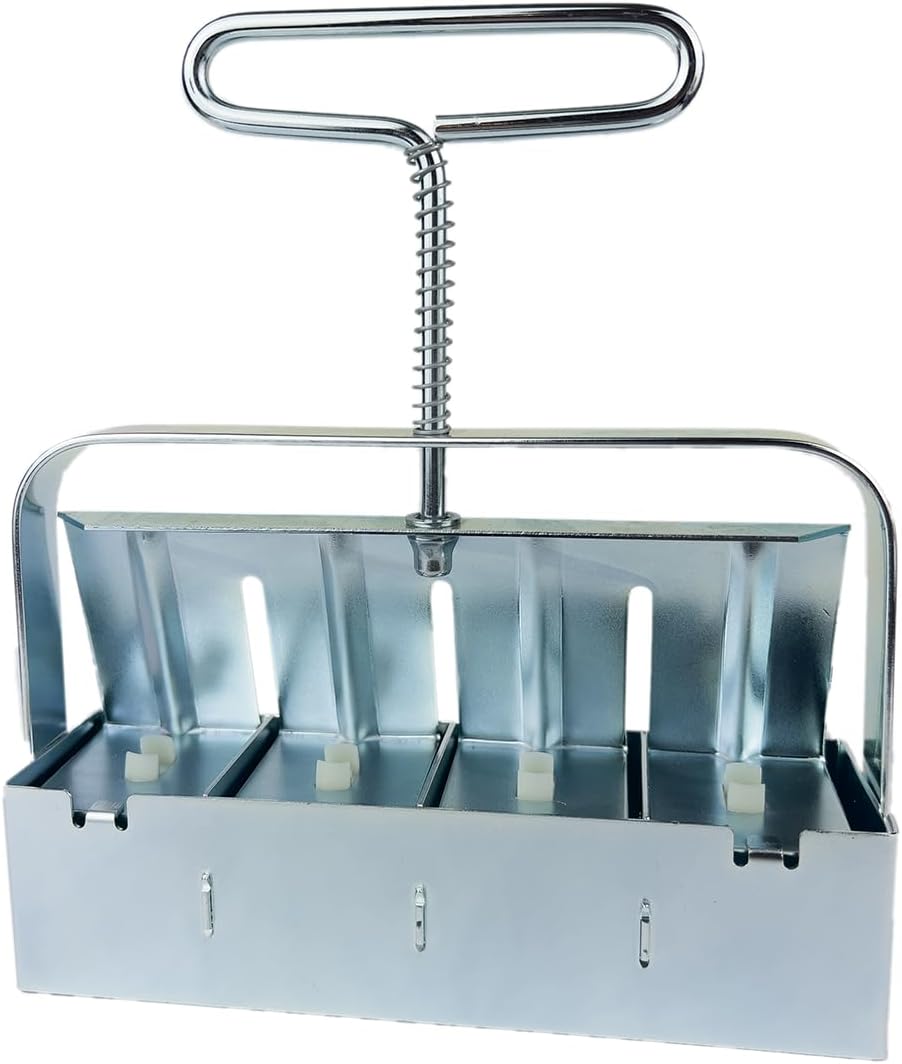How to Control Humidity in a Greenhouse: A Complete Guide
In the world of greenhouse gardening, humidity is the invisible force that can make or break your entire season. It’s the atmospheric moisture that can either wrap your plants in a blanket of ideal growing conditions or suffocate them in a breeding ground for devastating diseases. While new gardeners obsess over temperature, seasoned growers know that mastering humidity is the true secret to a thriving, disease-free greenhouse.
The Quick Answer
The key to controlling greenhouse humidity is to maintain a balance, typically between 50% and 70% Relative Humidity (RH). To reduce humidity, the most effective methods are ventilation (opening vents and doors), constant air circulation with fans, and watering plants early in the day. To increase humidity, you can mist your plants or wet down the greenhouse floors, a practice known as “damping down.”
Why You Can Trust This Humidity Control Guide
This guide is born from years of hands-on experience and hard-learned lessons. We’ve battled the tell-tale white powder of mildew on squash leaves and fought the grey mold of botrytis on tomatoes—both direct results of humidity gone wrong. We’ve meticulously tracked Relative Humidity (RH) with digital hygrometers through frigid winters and sweltering summers, learning how to adapt. We’ve installed and tested the ventilation systems, fans, and dehumidifiers we recommend. Our expertise isn’t just from reading books; it’s from the daily practice of creating and maintaining a perfectly balanced atmosphere that allows plants to flourish. We know this subject because we live it.
Understanding Greenhouse Humidity: The “Why” Behind the “How”
Before you can control humidity, it’s essential to understand what it is and why it’s so critical for your plants.
What is Relative Humidity (RH)?
Relative Humidity (RH) is a measure of how much water vapor is in the air, expressed as a percentage of the maximum amount of water vapor the air *could* hold at its current temperature. Think of air as a sponge. Warm air is a big sponge that can hold a lot of water. Cold air is a small sponge that can hold very little. This is why understanding what is the ideal temperature for a greenhouse is so closely tied to humidity control.
The Goldilocks Zone: Finding the Right Balance
For most of the best vegetables, the ideal RH is between 50% and 70%. Here’s what happens outside that range:
- Too High (Above 80%): This is the danger zone. High humidity prevents plants from transpiring (breathing) effectively. Water condenses on leaves, creating a perfect environment for fungal diseases like powdery mildew, downy mildew, and botrytis to explode. Pollen can also become sticky and clump together, leading to poor pollination.
- Too Low (Below 40%): Plants may struggle to take up nutrients and can become stressed. In very dry conditions, plants close their stomata (leaf pores) to conserve water, which slows growth. Low humidity is also a breeding ground for pests like spider mites.
The First Step: You Can’t Control What You Can’t Measure
Guessing your humidity level is a recipe for disaster. Your single most important tool for managing humidity is a reliable Digital Thermo-Hygrometer. This device measures both temperature and humidity, giving you the critical data you need to make informed decisions. Place it at plant level, out of direct sunlight, for the most accurate readings.

Our Top Pick: Govee Wireless Thermo-Hygrometer
This is the workhorse of our greenhouses. It’s accurate, reliable, and sends temperature and humidity data directly to an app on your phone, so you can check conditions from anywhere and get alerts if levels go outside your target range.
Shop on AmazonThe Balancing Act: Techniques for Total Humidity Control
Managing humidity is a constant process of adjusting to the weather, the season, and the age of your plants. Here are the most effective techniques, broken down by whether you need to lower or raise your RH.
💨 How to DECREASE High Humidity
For most U.S. gardeners, high humidity is the more common and dangerous problem. Here’s your battle plan.
- Ventilate, Ventilate, Ventilate: This is your number one tool. By exchanging the warm, moist air inside your greenhouse with cooler, drier air from outside, you can dramatically lower RH. This includes opening roof vents, side vents, and doors. For a truly robust setup, installing an exhaust fan system is a game-changer.
- Ensure Constant Air Circulation: Use internal HAF (Horizontal Airflow) fans to keep the air moving 24/7. This prevents pockets of stagnant, moist air from forming around your plants’ leaves, which is where fungal diseases start.
- Water in the Morning: Water your plants early in the day. This gives the plant surfaces and the top layer of soil time to dry out before the temperatures drop at night, which is when condensation and fungal growth are at their worst.
- Water the Soil, Not the Leaves: Use a watering wand or drip irrigation to deliver water directly to the root zone. Wet foliage is the biggest invitation for disease.
- Space Your Plants Properly: Overcrowding is a major cause of high humidity. Proper spacing between plants on benches and the best greenhouse shelving allows air to circulate freely.
💧 How to INCREASE Low Humidity
In arid climates or during winter when the best greenhouse heaters are running, humidity can drop too low. Here’s how to raise it.
- “Damping Down”: This is the easiest and most effective method. Simply use a hose to wet the floors and pathways of your greenhouse in the morning. As the water evaporates throughout the day, it will significantly increase the RH.
- Manual Misting: Use a simple spray bottle or a hose-end mister to lightly mist your plants. This provides a temporary but immediate boost in humidity. It’s particularly useful for seedlings and tropical plants.
- Use Trays of Water: Placing large, shallow trays of water on the floor or under benches will allow for slow, passive evaporation, creating a more humid microclimate.
- Automated Misting Systems: For serious growers or those in very dry climates, an automated misting or fogging system on a timer or humidistat can maintain perfect humidity levels with minimal effort.
Pro Tips for Success
Mastering humidity is a key part of becoming an expert grower. Whether you have a small unit from our list of the best portable greenhouses or a large custom structure, these principles apply. It’s one of the most important greenhouse gardening tips for beginners to learn early on. If you’re planning a build, consider how you will incorporate vents and fan mounts from the start; our guide on how to build a greenhouse at home has useful insights.
Frequently Asked Questions
What is the ideal humidity for starting seeds?
Seedlings and clones thrive in high humidity, typically between 70% and 85%. This is why most seed starting trays come with a clear plastic humidity dome. It creates a mini-greenhouse effect, keeping moisture high to encourage germination and prevent delicate seedlings from drying out.
Does a fan lower humidity?
Not directly. A circulation fan (HAF fan) moves humid air around, but it doesn’t remove the moisture. However, by breaking up the micro-layer of high humidity right around the leaves, it helps the plant transpire and makes the environment less hospitable for fungal spores. An exhaust fan, on the other hand, *does* lower humidity by physically removing the moist air and replacing it with drier outside air.
Can I use a household dehumidifier in my greenhouse?
It’s generally not recommended. Household dehumidifiers are not designed to operate in the high-moisture, fluctuating temperature environment of a greenhouse. They can be a safety hazard. If you need a dehumidifier, invest in a commercial-grade unit designed for grow rooms or basements that can handle the conditions and has a larger capacity.
Conclusion: Become the Master of Your Microclimate
Controlling humidity is about creating a dynamic balance. It’s a skill that elevates you from a hobbyist to a true greenhouse gardener. By investing in a good hygrometer, understanding the relationship between temperature and moisture, and using the simple techniques of ventilation, circulation, and strategic watering, you can create an environment where your plants don’t just survive—they thrive. You’ll be rewarded with healthier plants, fewer diseases, and a more abundant harvest all year long.
